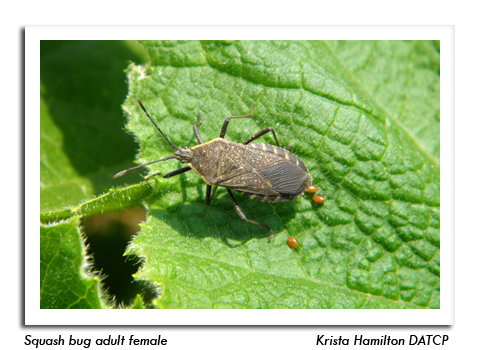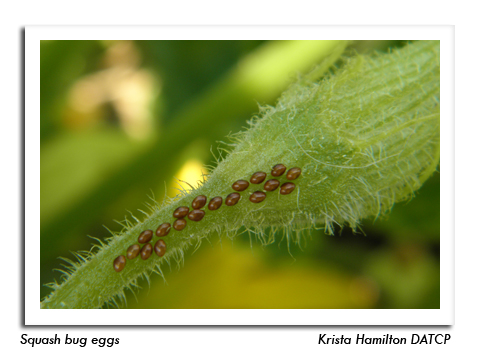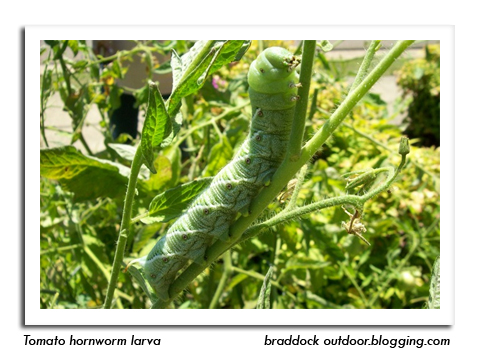
 |
|
|
Vegetables
Volume 63 Number 10 Date 07/05/2018 SQUASH BUG - Adults are appearing on cucurbits in home gardens, and populations generally increase sharply by mid-July with the addition of many small nymphs. An average of one egg mass per plant when plants are flowering is recommended as the basis for initiating treatment. For gardens, hand picking and destroying the bugs and their eggs is most effective. Another option is to place cardboard or newspaper on the ground next to the plants. At night the squash bugs will aggregate beneath the cardboard and can be destroyed in the morning. Organic growers may use directed applications of pyrethrum (PyGanic) or the pre-mix with azadirachtin (Azera). Growers should be aware that the efficacy of most insecticide materials is reduced at temperatures above 80°F and the smaller nymphs are more easily killed than the adults. Refer to UWEX publication A3422 "Commercial Vegetable Production in Wisconsin" for a list of registered insecticides. TOMATO HORNWORM - Moths have begun laying eggs on the undersides of tomato leaves in southern Wisconsin. Tomato growers who have experienced past problems with this pest should start inspecting plants for the smooth, spherical, pale green eggs deposited individually on the undersides of leaves. Once the eggs hatch, the larvae grow rapidly and can quickly defoliate plants. Prompt removal of the larvae is the best control measure. ONION MAGGOT - Second generation flies are emerging near Madison, La Crosse, Spring Green and other locations where 1,950 GDD (simple base 40°F) have been surpassed. Emergence is anticipated near Fond du Lac, Eau Claire and Hancock in the week ahead. Management of the summer generation is less critical than spring and fall populations since egg desiccation and mortality rates are higher at warmer temperatures, but season-long sanitation is still important for preventing future infestations. Second-brood eggs are deposited near previously-damaged onions. -- Krista Hamilton, DATCP Entomologist 


|
|
|